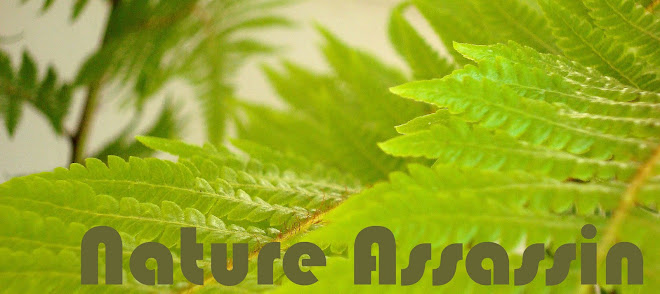...whether they like it or not.
First things first, I'm a fern nerd. Hardcore. From the strange and metallic microsorium thailandicum to the hairy desert chelianthes tomentosa, from the ground-up blechnums to the epiphytic platyceriums, I love and grow them all. With this in mind, here are a few products I could not do without.*

1. Seaweed fertilizer. Though it is not universally so, the majority of ferns that can be cultivated indoors are acid-loving plants. They have a great deal less use for phosphorus and potassium than the average houseplant, and thus your run-of-the-mill fertilizer can often be damaging to ferns. Furthermore, they are particularly susceptible to fertilizer burn even in normal concentrations, and so you'll never find me pouring MiracleGro on those babies. Seaweed fertilizers will provide just about all the fertilizing your ferns will need, provided they are given yearly soil upgrades. I use Maxicrop USA's Organic Liquid Seaweed plus Iron, with great results. Though they claim their methods are non-polluting and renewable, I'm not sure if this company's harvesting techniques are completely sustainable; unfortunately their website contains no such information. A quart of this stinky elixir should run you about $11 at your greenhouse. Next time I think I might go for the standard-iron variety, but all in all I'm incredibly pleased with this product. As a sidenote, I always use filtered water and dilute this product to half-strength, even though it is already mild. What can I say, I'm not an aggressive fertilizer.

2. Fafard's potting mix. I mix my soils according to each plant's needs using perlite, pumice, peat, pine bark fines, sharp sand, and charcoal, but I often like to use potting mix as a base to save time. Fafard's mix is neither too dry nor too wet, the latter being the more common problem with potting mixes. As compared to big-name varieties, Fafard has four things I prefer 1) a shorter and simpler ingredients list 2) no awful time-release fertilizers 3) less odor (indicates health and sterility) and 4) a much greater proportion of partially-composted bark fines. The more bark fines, the slower the soil will degrade into compacted and nutritionally-scant soup. You can always keep watering your ferns if your medium is quick to drain; you can't un-water a soggy medium.

3. Ferns for American Gardens, by John T. Mickel. This book is great. I love spotting a fern on a hike or in a garden shop and looking it up in this book. The focus is less on fern care and more on the history and native lives of these plants. Probably available at your local garden store or botanical garden, and certainly available online. John T. Mickel, be my valentine.
*Photographs not mine. Furthermore, I am not getting paid to endorse these items. That'll be the day!

No comments:
Post a Comment